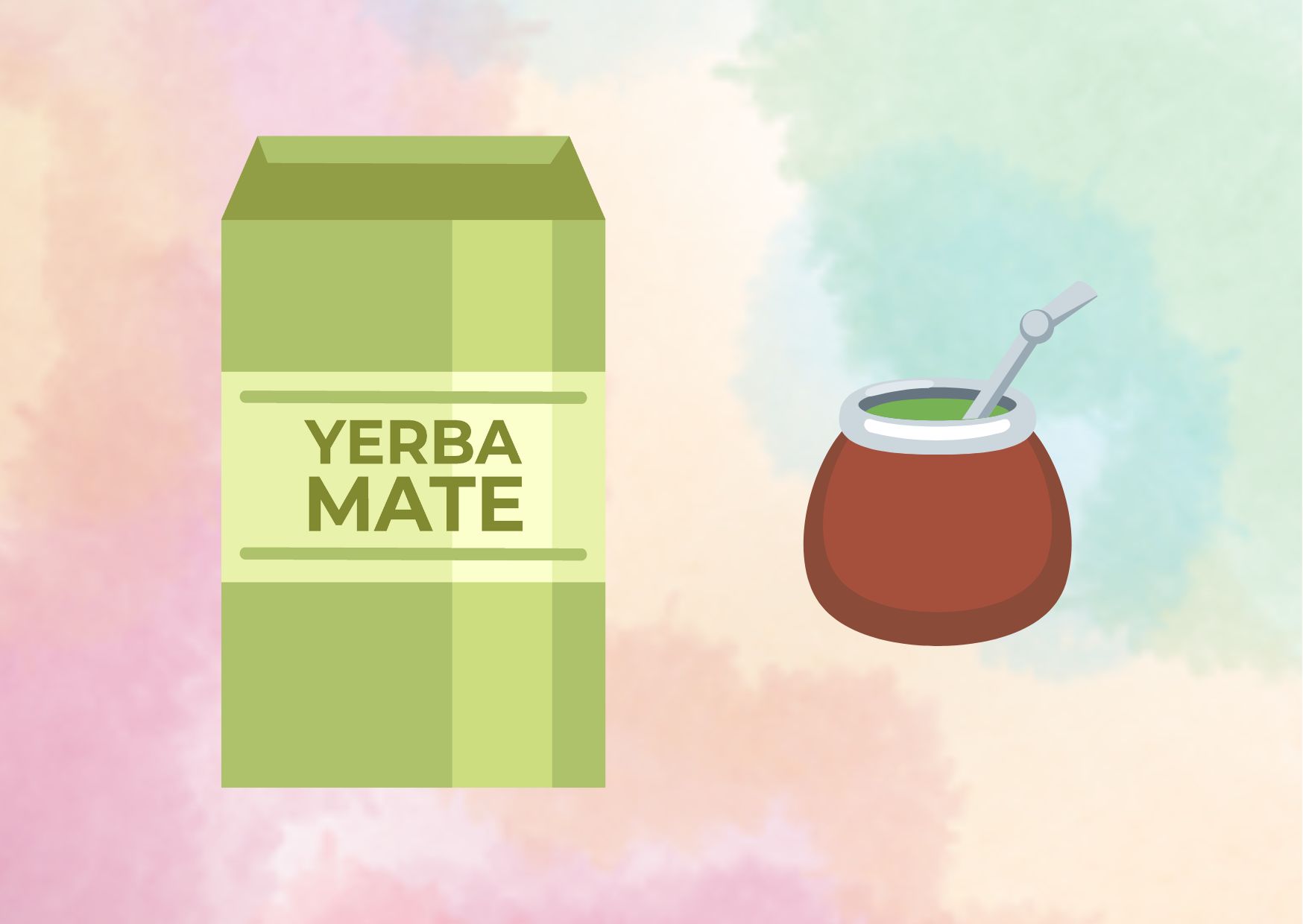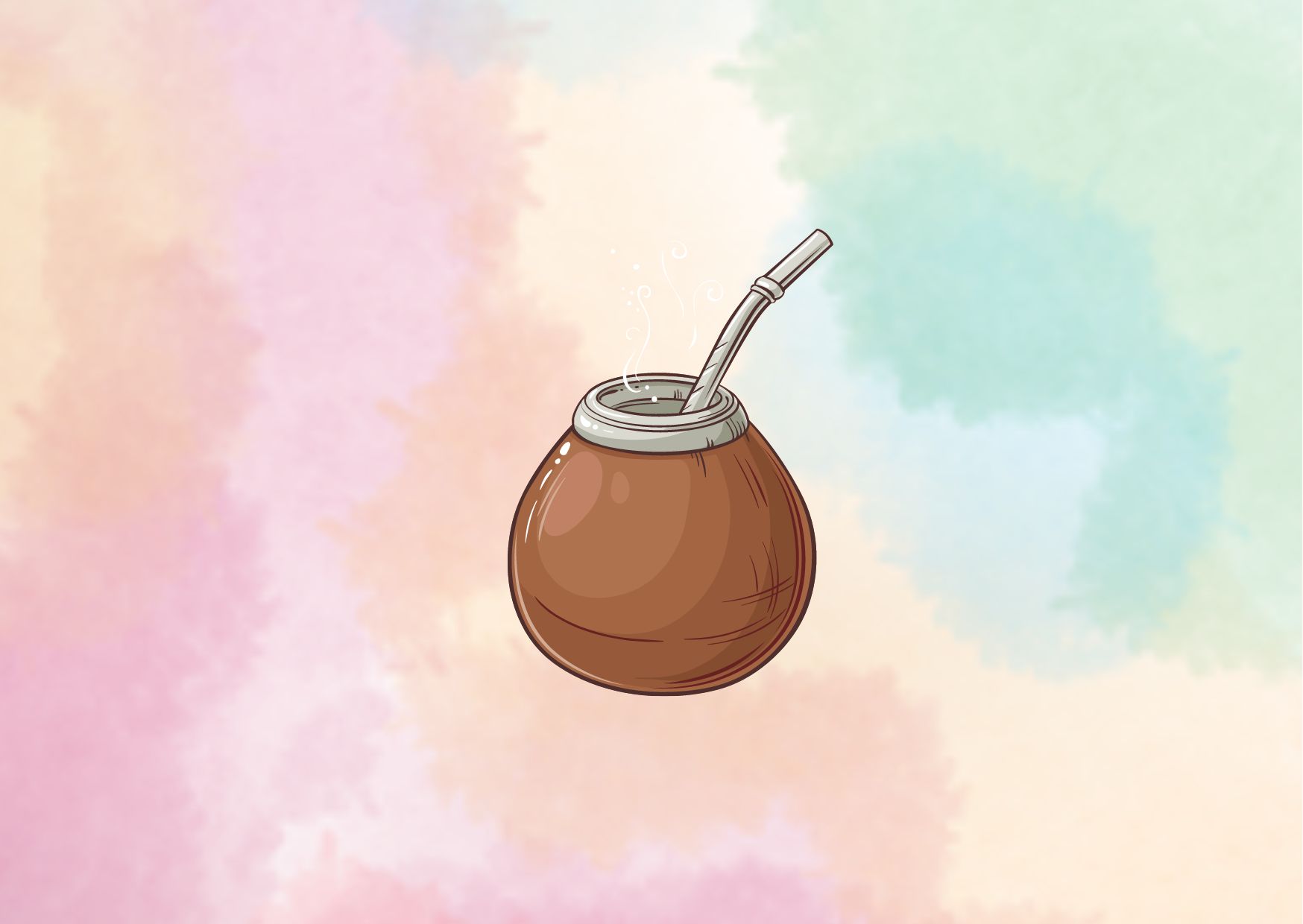Mate Drink: Health Benefits and Risks Explained
Mate drink, a beloved South American beverage, has been gaining popularity worldwide for its unique taste and potential health benefits. This traditional drink, made from the leaves of the yerba mate plant, has been consumed for centuries in countries like Argentina, Uruguay, and Paraguay. Its rich cultural significance and growing global interest have sparked curiosity about its effects on health and well-being.
This article delves into the world of mate drink, exploring its origins, nutritional profile, and potential impact on health. It examines the possible benefits associated with consuming mate, such as its high antioxidant content and energy-boosting properties. Additionally, the piece addresses the potential risks and side effects linked to mate consumption, providing readers with a well-rounded understanding of this intriguing beverage.
What is Mate Drink?
Mate drink, also known as yerba mate, is a traditional South American beverage made from the dried leaves of Ilex paraguariensis, an evergreen holly plant native to the subtropical regions of South America. This caffeine-rich infusion has been consumed for centuries and has deep cultural roots in countries like Argentina, Uruguay, Paraguay, and parts of Brazil.
Origin and History
The origins of mate drink can be traced back to the indigenous Guaraní people, who were the first to make infusions with its leaves. They considered the yerba mate plant a gift from the gods and used it not only as a beverage but also as an object of worship and a form of currency. The Guaraní language refers to the plant as “caá,” meaning herb, plant, or jungle.
When Spanish conquistadors arrived in South America, they observed the natives consuming mate and recognized its energizing properties. They spread knowledge of the plant and its uses throughout the Viceroyalty of the Río de la Plata. Jesuit missionaries also played a role in cultivating yerba mate in their settlements, incorporating it into their recreational activities after religious services.
Traditional Preparation
The traditional preparation of mate involves specific tools and techniques:
- The mate gourd: A hollowed-out gourd or a specially designed cup called a “mate.”
- Yerba mate leaves: Dried and processed leaves of the Ilex paraguariensis plant.
- Hot water: Heated to about 70-80°C, but not boiling.
- Bombilla: A metal straw with a filter at the bottom to strain the liquid.
To prepare mate:
- Fill the mate gourd about 3/4 full with yerba mate leaves.
- Tilt the gourd to create a mound of leaves on one side.
- Pour a small amount of warm water on the empty side to moisten the bottom.
- Insert the bombilla against the mound of dry leaves.
- Slowly pour hot water into the empty space until the surface is covered.
- Sip the mate through the bombilla until the liquid is gone, then refill with hot water and pass to the next person.
Cultural Significance
Mate drinking has become an integral part of South American culture, particularly in Argentina, Uruguay, Paraguay, and southern Brazil. It serves as a symbol of national identity and social bonding. The act of sharing mate is deeply rooted in tradition and is considered a gesture of friendship and hospitality.
In Argentina, mate is consumed daily by people from all walks of life. It’s estimated that 8 out of 10 Argentinians drink yerba mate, with an average annual consumption of 100 liters per person. The country is also the world’s largest producer of yerba mate.
The ritual of drinking mate often involves a group of people sitting in a circle, sharing the same gourd and bombilla. This practice fosters conversation and strengthens social connections. There’s even a saying, “Mate that changes hands is ruined,” referring to the custom that the same person should pour the mate throughout the sharing session.
Interestingly, mate’s popularity has spread beyond South America. Due to historical migration patterns, it has gained a significant following in countries like Syria and Lebanon, with Syria being one of the largest importers of Argentinian yerba mate.
Nutritional Profile of Mate
Mate drink, derived from the leaves of the Ilex paraguariensis plant, boasts a rich nutritional profile that contributes to its potential health benefits. This traditional South American beverage contains a variety of compounds, including caffeine, antioxidants, vitamins, and minerals.
Caffeine Content
Mate contains caffeine, a stimulant also found in coffee and tea. The caffeine content in mate varies depending on the brewing method. A typical serving of mate tea contains between 30-180 mg of caffeine, with an average of about 70 mg per cup. This is slightly lower than the average caffeine content in a cup of coffee, which is around 120 mg.
Interestingly, mate drinkers often experience a unique combination of stimulation and relaxation. This effect is partly attributed to the high concentration of theobromine in the plant, which works alongside caffeine. Unlike coffee drinkers who may experience a sudden energy crash, mate consumers often report a sustained sense of mental alertness.
Antioxidants
Mate is renowned for its high antioxidant content, surpassing even green tea in some studies. The leaves contain various polyphenols, which are plant compounds with powerful antioxidant properties. These include:
- Chlorogenic acid: The dominant polyphenol in mate, occurring in three isomeric forms.
- Quercetin and rutin: Flavonoids with potent antioxidant effects.
- Caffeic acid and feruloylquinic acid: Other significant polyphenolic compounds.

